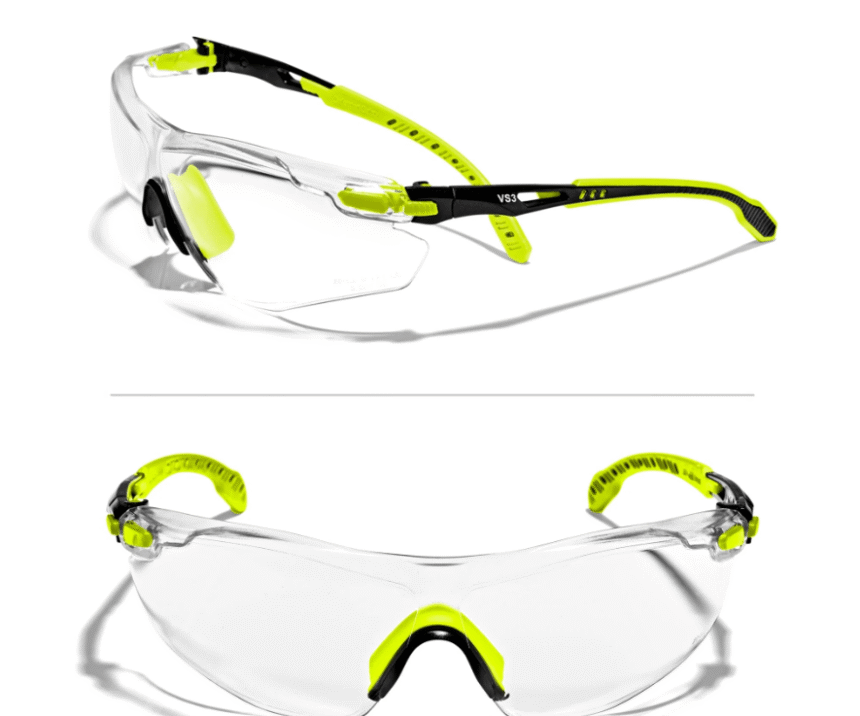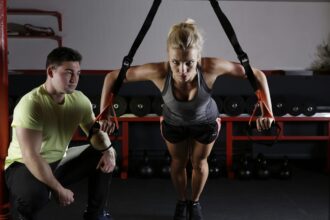In industries where debris, dust, and flying particles are a daily hazard, eye protection is more than just an accessory; it’s essential. Impact-resistant safety glasses can prevent injuries that might otherwise lead to long-term vision problems. But with so many options available, choosing the right pair can be confusing. From lens materials to fit, the right decision comes down to knowing which features offer the best protection while considering comfort. Here’s a guide to help you choose safety glasses that are both tough and practical.
Identifying the Right Standards and Certifications
When shopping for Safety Eyewear, one of the first things to check is compliance with recognised safety standards. In Australia, look for AS/NZS 1337.1 certification, which guarantees impact protection and optical clarity. Glasses meeting these standards have undergone rigorous testing to ensure they can withstand high-velocity impacts.
Certification isn’t just a box to tick; it’s a sign the eyewear has been tested in real conditions. Without it, you can’t be sure of the level of protection provided. The peace of mind that comes with certified safety glasses is worth the investment, especially in high-risk work environments.
Choosing the Best Lens Material for Durability
The lens material plays a big role in both safety and comfort. Polycarbonate is a popular choice because it’s lightweight and highly impact-resistant. It also offers natural UV protection, which is helpful for outdoor work. For those in environments where scratches are likely, look for lenses with a scratch-resistant coating to extend their lifespan.
Some workers may prefer Trivex lenses, which offer similar impact resistance but with slightly better optical clarity. Both options are far safer than regular plastic or glass lenses, which can shatter on impact. Picking the right lens material ensures you don’t compromise safety for visual comfort.
Ensuring Comfort and a Secure Fit
Comfortable safety glasses encourage consistent use. Adjustable nose pads, flexible temples, and wraparound frames can help the eyewear stay in place during active work. A secure fit is particularly important for jobs involving frequent movement or where glasses might slip due to perspiration.
The right fit also reduces the chance of gaps where particles can enter. Even the strongest lenses won’t protect well if the frame doesn’t sit properly on your face. A comfortable, secure fit means workers are more likely to wear their safety glasses throughout the day without irritation.
Considering Special Lens Features and Coatings
Different work environments call for different lens treatments. Anti-fog coatings are valuable in humid or temperature-changing settings, while polarised lenses can help reduce glare for outdoor work. A tinted lens might be ideal for bright environments, but clear lenses are better for indoor or low-light tasks.
Impact resistance should always remain the priority, but these extra features can improve usability and reduce eye strain. By matching lens coatings to specific job conditions, you can enhance both safety and productivity. Integrating these options into your choice makes Safety Eyewear more versatile and suitable for varied tasks.
Balancing Style and Protection
While safety is the primary concern, modern safety glasses don’t have to look bulky or unattractive. Many designs now combine sport-style frames with industrial-grade protection, allowing workers to wear them confidently both on and off the job. Opt for a style that feels right to make daily wear more effortless.
Style shouldn’t replace safety standards, but finding a balance between appearance and protection can improve compliance. When workers like how their glasses look and feel, they’re more likely to wear them consistently, keeping their eyes protected day after day.
The best impact-resistant safety glasses combine certified protection, durable lens materials, a comfortable fit, and features suited to the work environment. Style can add an extra reason to wear them, but safety should always come first. By knowing which elements to look for, you can choose eyewear that protects vision while supporting long-term comfort and usability. In high-risk industries, the right choice isn’t just smart, it’s vital for eye health and workplace safety.












